Peter McCullough has reviewed yet another unproven “therapeutic approach” that involves preparing for future outbreaks and injecting, squirting, or inhaling more shit to deal with the old injectable shit. 👇
Therapeutic Nanobodies Against the SARS-CoV-2 Spike Protein
New Biotechnology Brings Hope for Future Outbreaks and Post-Acute Sequalae after Infection and Vaccination
JUL 02, 2024
From Peter McCullough:
Nanobodies should be a biotechnology explored to treat long-COVID/ vaccine injury syndrome. If proven safe and effective in Spike binding, nanobodies could either lead off or assist McCullough Protocol Base Spike Detoxification as the fundamental approach in large prospective, randomized, double-blind trials funded by the US HHS Biden Administration Long-COVID research program. Yang discloses more than a dozen nanobodies developed against the Spike protein and suggests they could be given by intranasal, inhalation, or intravenous administration.
Here is some artwork from the paper:
And here is my nephew’s picture of an antibody (I think he’s got it y’all):
More from Yang Yang, et al:
SARS-CoV-2-specific nanobodies
A variety of nanobodies targeting SARS-CoV-2 have been developed, all of which are derived from immunized animals (i.e., llama, alpaca, sharks, camels, or camelid mice) or synthesized nanobody libraries [83,84,85,86,87,88,89,90,91]. The nanobody repertoires can be displayed on phages or yeasts, and nanobodies are produced in large quantities using different expression systems, including E.coli, yeast, plant, and mammalian cells [92,93,94]. These nanobodies demonstrate various degrees of neutralizing activity against the SARS-CoV-2 original strain and/or its variants, thereby protecting animals from viral infection. They are delivered to animals through different routes, including intraperitoneal, aerosol, or intranasal, and are considered to be effective and affordable prophylactic and therapeutic agents against SARS-CoV-2 and its variants.
And the thrilling conclusion:
Once confirmed to be effective, these nanobody candidates, or the cocktails of different candidates, can be used for immediate application or future treatment of emergent variants and pandemic CoV infection. Overall, the approaches described in this review will provide useful guidance for designing effective nanobody-based therapeutics against CoVs in particular, and other pathogenic viruses in general.
Funding
This work was supported by the NIH grants (R01AI157975, U19AI171954, and R35GM150607).
Ideas for future work to be funded with tax dollars:
That is all.



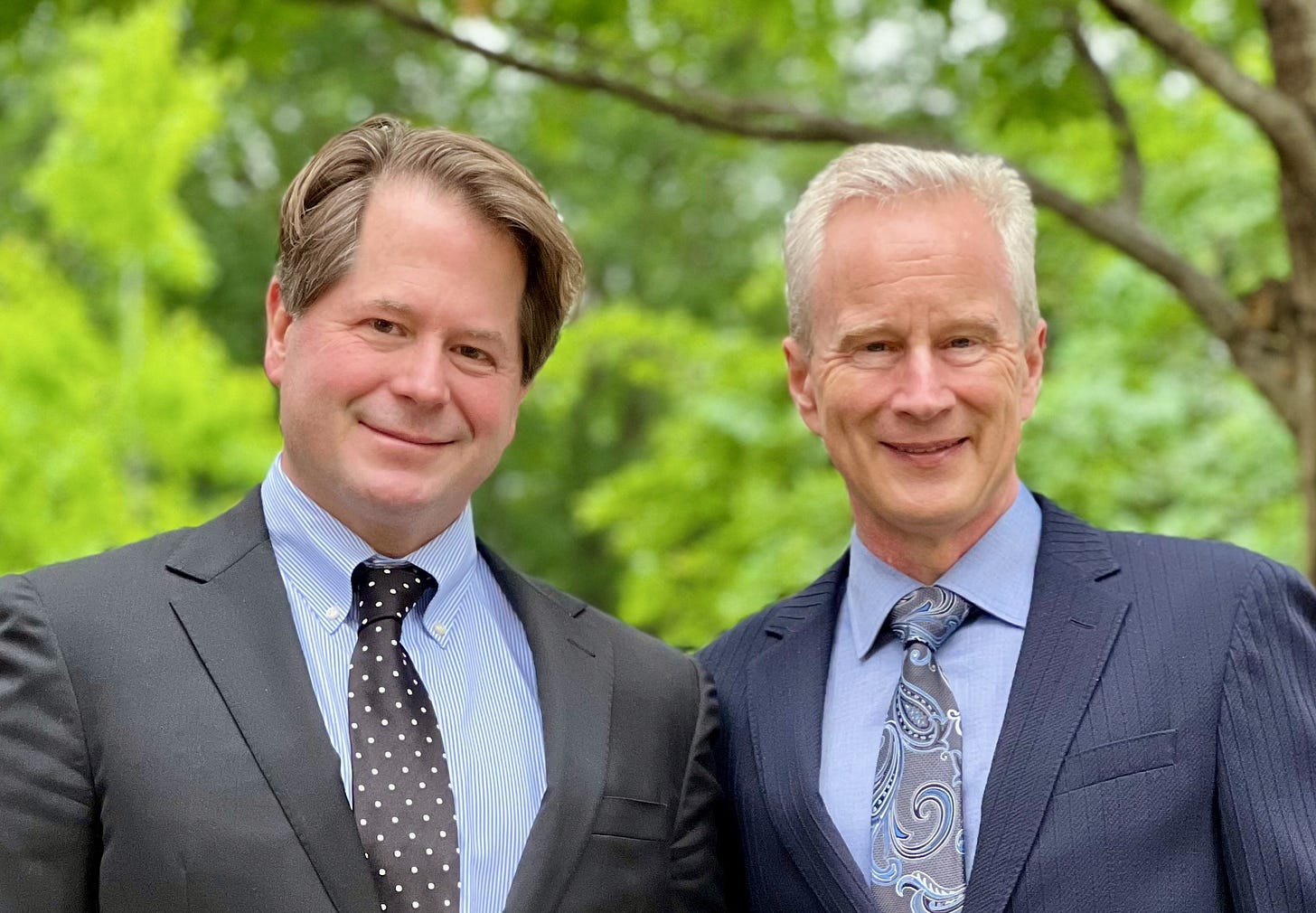
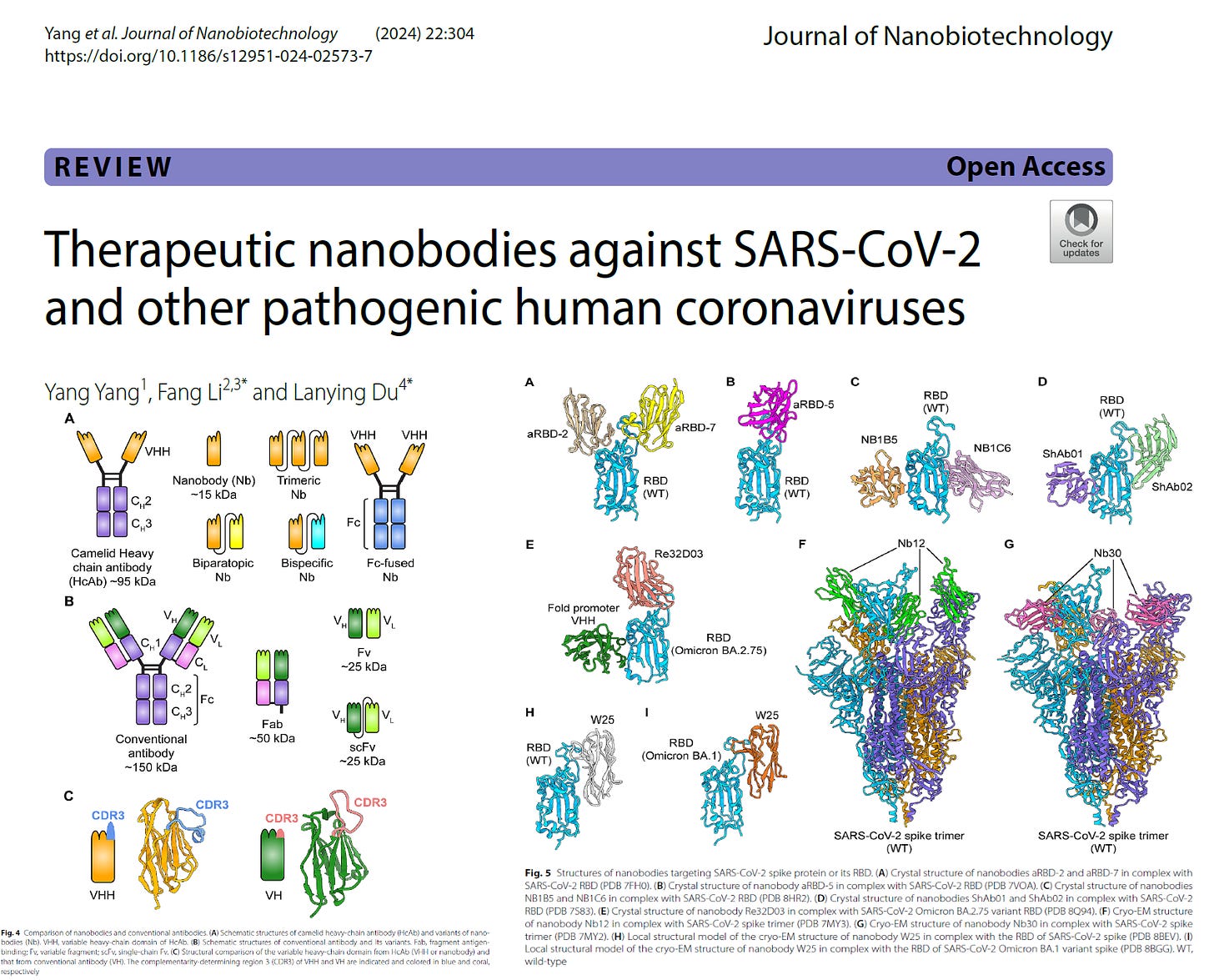

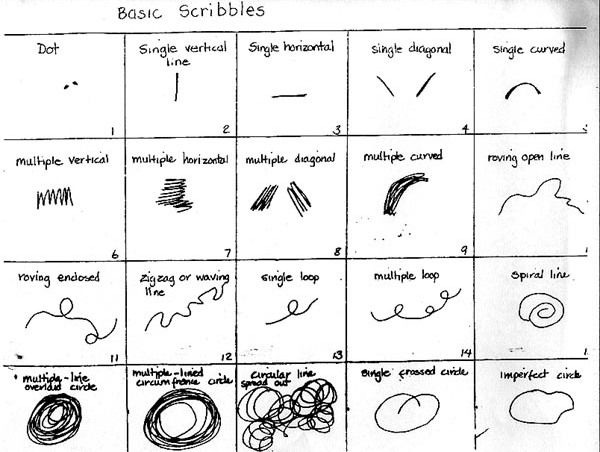
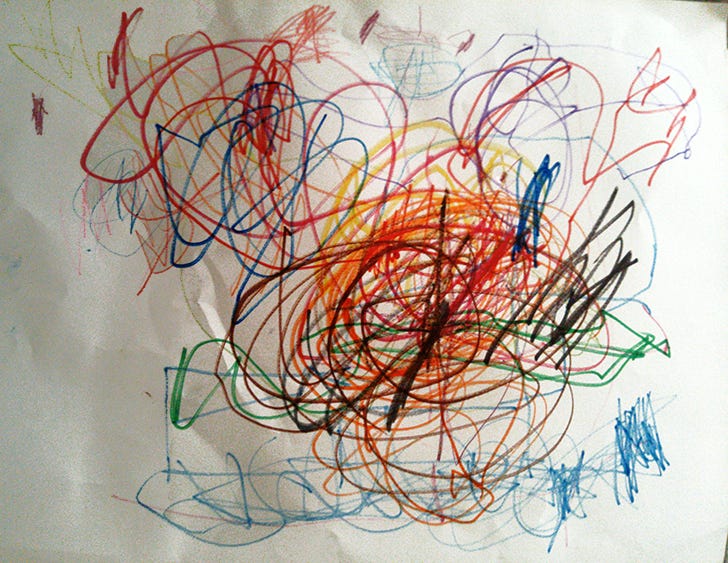
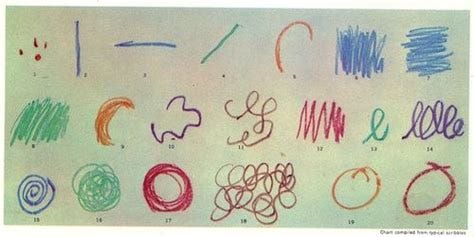
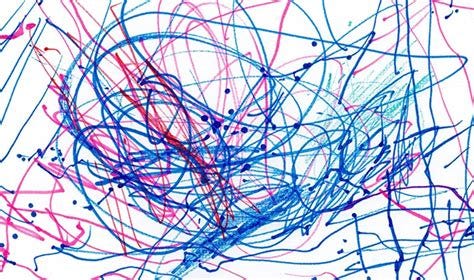

What is more misleading than microscopy? Immunohistochemistry.
But Double Agent RoGeR WaTeRz, what is immunohistochemistry and why is it misleading?
Parts:
1. Immuno- related to the immune system.
2. -histo- related to "tissues".
3. chemistry, the science of dilutions and crystalizations.
Simply put, the bits and pieces of the all-powerful immune system don't behave the same in a living human body than what they see in a slide under the microscope.
It is used as an indirect method to see the unseeable, which is fraught with perilousness.
We cannot see proteins, but we can see the glow of fluorescent globulines (also proteins) when they bind to what we assume they are binding themselves to. A bit of circularity here.
We know the proteins are there because the antibodies we have prepared beforehand to react with what we want to see are reacting with those proteins we cannot see and we have to prove they are there but we assume they are there and that the antibodies are not reacting to other things. Which is almost the same as astrology, but not half as funny.
It's certainly not an exact science, although they probably manage to escape the high-risk of irrational circular thinking in some occasions, by using other lab techniques (which are not without problems, but anyway.)
To conclude, it's possible that the biotech of "nanobodies" (foul as Hell marketing language here) is not what they think it is. The underlying methods of research are very iffy. There are not many shortcuts in chemistry research. It's very tedious, from what I've read.
Nano back better.